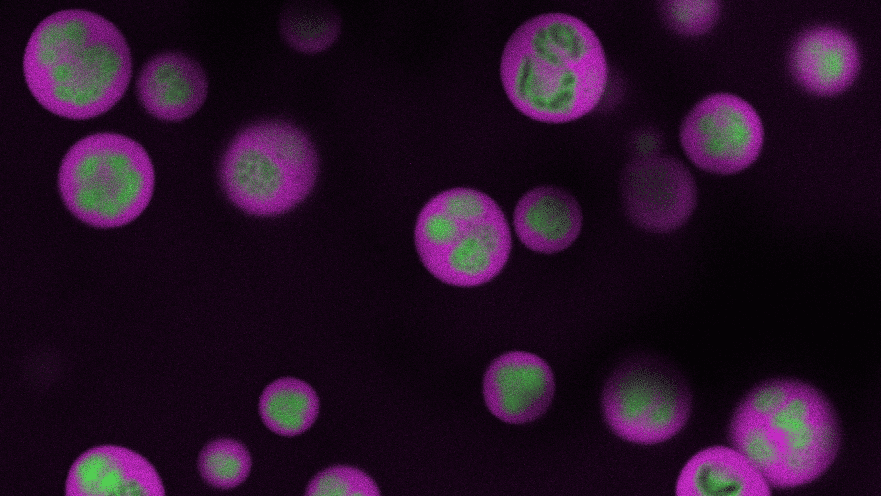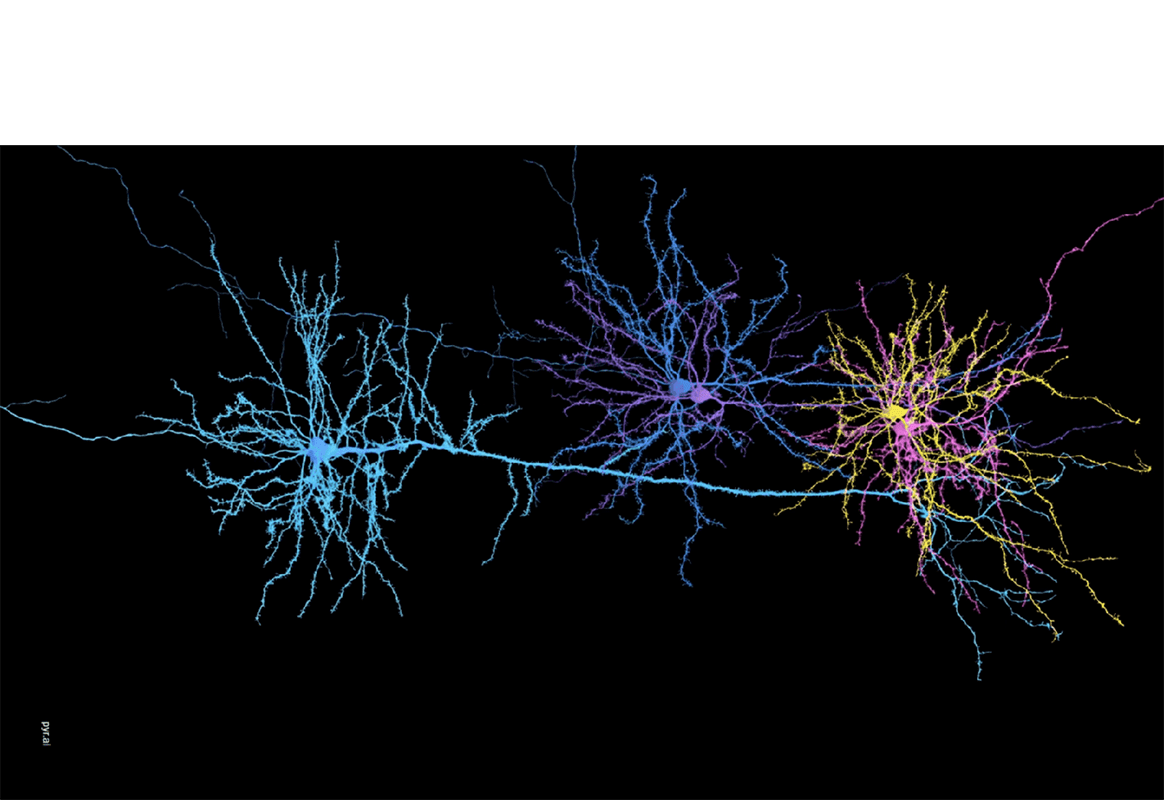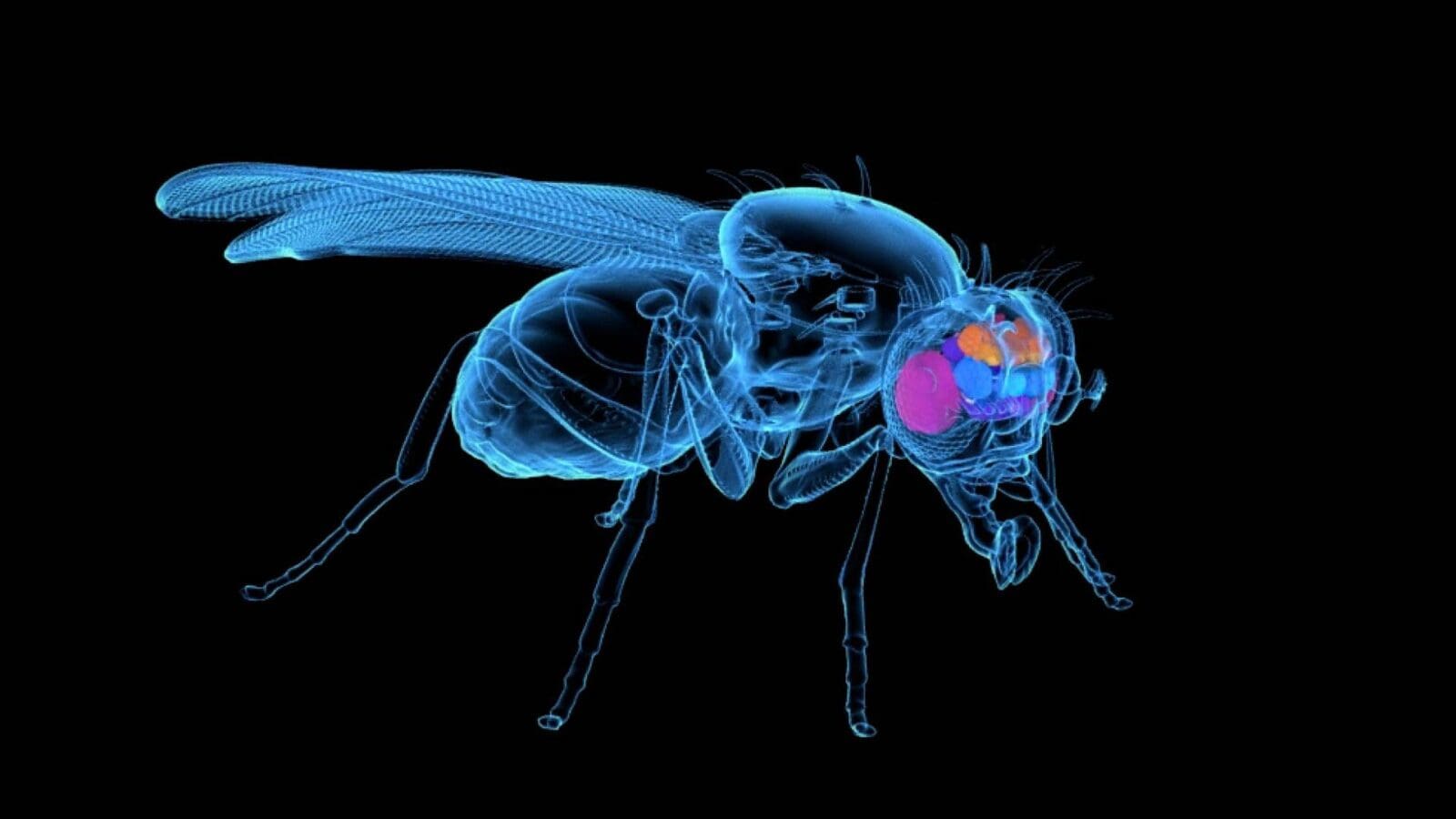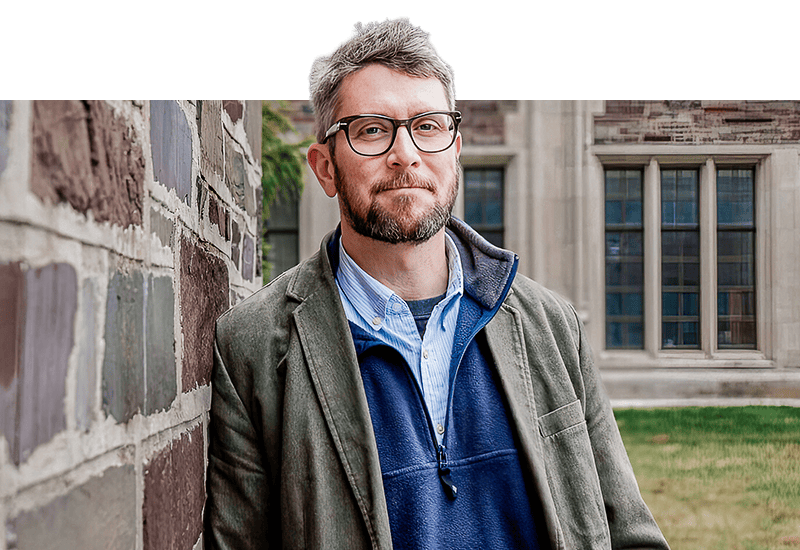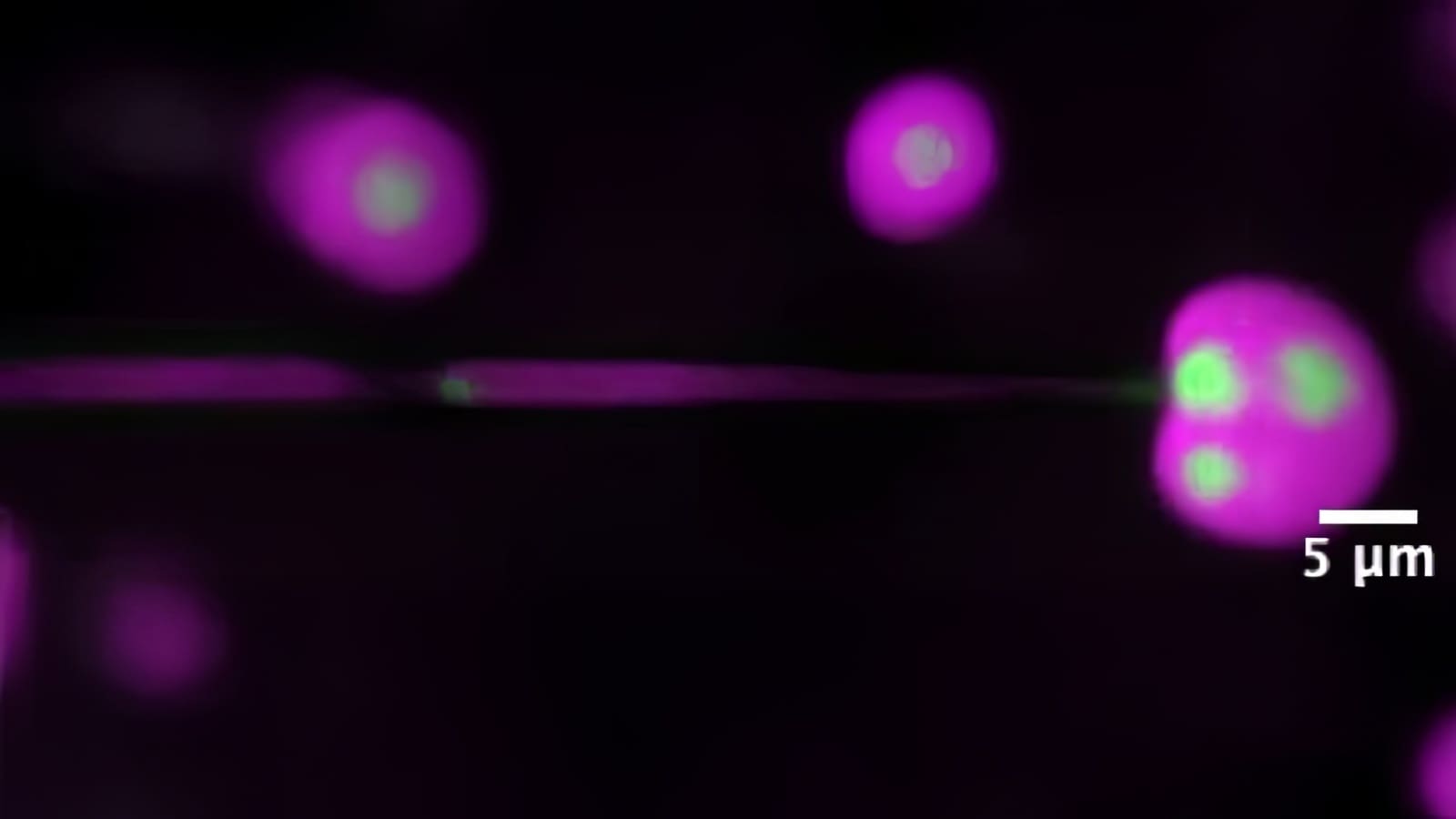Mapping the first steps in life
By
on

Life begins as a collection of cells, but the journey from that tiny grouping to a fully developed organism is complex and mysterious. Stanislav Shvartsman, a pro- fessor of chemical and biological engineering and the Lewis-Sigler Institute for Integrative Genomics, brings an engineering perspective to studying mechanisms involved in tissue development and form. In one promising approach, Shvartsman’s lab is using math- ematical modeling and experiments on fruit fly embryos to better understand chain reactions of enzymes that control cellular behavior. One enzyme currently being studied by Shvartsman’s team, called MAPK, is believed to control the development of structures rang- ing from compound insect eyes to the mam- malian brain. Shvartsman has discovered key mechanisms in cells that affect and are affected by MAPK. “There is still much to learn but our understanding of these very complex systems is growing steadily,” Shvartsman said. “It is a very exciting time.”
The image below shows thin slices of a part of fruit fly embryos where stem cells turn into mature eggs. Created by graduate students Yogesh Goyal and Bomyi Lim and postdoctoral researcher Miriam Osterfield, the image was selected for display in Princeton’s 2014 “Art of Science” competition.
